Zoo Atlanta
Introduction
Text-to-speech Audio
Zoo Atlanta is an animal park located, in the historic Grant Park of Georgia’s capital city. It is over one hundred years old, with many highs and lows and its history. It was even labelled as one of the worst zoos in the nation at a point in time, but since its addition of giant pandas, it has regained credibility as a self-proclaimed institution of education, conservation, research, and family fun. The park has changed leadership many a time, but its success is largely attributed to the guidance of director and research scientist Terry Maple and President Dennis W. Kelley. Their legacy turned Zoo Atlanta from a small local attraction to an institution with worldwide notoriety. It is still notable in its accomplishments regarding the animals they keep, such as having the first gorilla to successfully rear a set of twins without human intervention. Nowadays, after purchasing a ticket for $32.39, the zoo is accessible via Atlanta’s Cherokee Avenue and parking is available via the Grant Park Gateway parking facility.
Images
Giraffe Feeding Returns at Zoo Atlanta
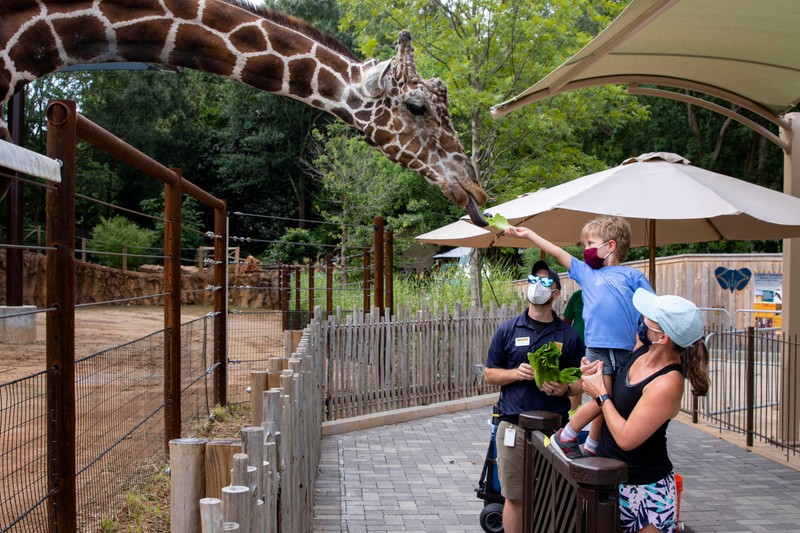
Historic Grant Park
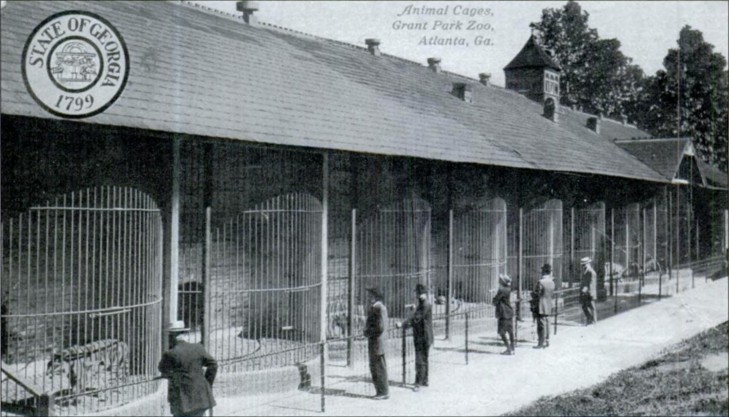
Gone But Not Forgotten: Willie B.
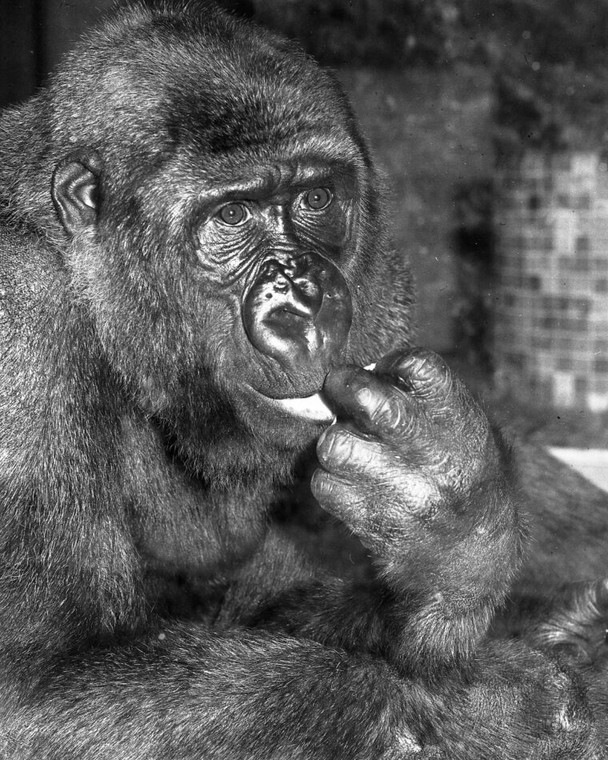
Zoo Atlanta's Main Entrance
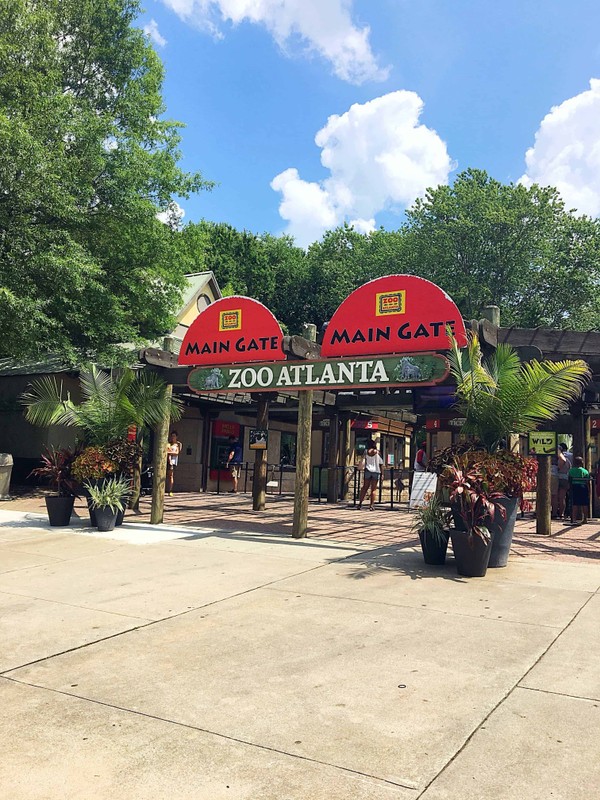
George V. Gress, Founder of Zoo Atlanta
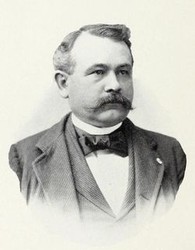
Inquiry on Zoo Announced as New Allegations Arise in Atlanta (1984)
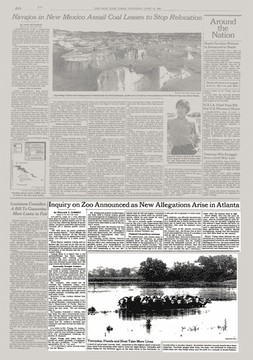
Backstory and Context
Text-to-speech Audio
An animal tourist attraction may not seem like one of extreme significance, but Zoo Atlanta was one of America’s first, and its rich history contains many a milestone for animal habitation and conservation. It holds a special significance in the eyes of Georgians because it was one of the first places that made the state a destination of tourism. Atlanta’s Grant Park was newly established at the time of the zoo’s founding and was one of its first installations. Its history can be divided into periods of certain milestones: its founding, introduction of the famous gorilla Willie B., the deterioration and then salvation of the zoo’s reputation, and finally its current state and legacy. In this chronicling of time, the zoo would change hands, with its salvaged reputation attributed to director and scientist Terry Maple and President Dennis W. Kelley, who would truly cement Zoo Atlanta into the city’s, state’s, and country’s reputation.
The institution’s beginning came from the end of a travelling circus. A travelling animal show conveniently stalled in route to Marietta, Georgia, and subsequent problems led to its ringleader becoming bankrupt in 1889. The animals from the defunct attraction were purchased by businessman George Valentine Gress, who donated them to the city of Atlanta to start the zoo in an act of philanthropy. The animals were few, some of the most notable being big cats like lionesses and a jaguar. As a result of Gress’s donation, the city of Atlanta relocated the animals to Grant Park, previously a quaint, newly established picnic and recreational area, and opened the state’s first zoological venue to the public.
Zoo Atlanta had many milestones in its history, mostly centered around key donations, changing leadership, and animal introductions. After the original event of its founding, the zoo continued to grow into the 1960s, with its notable introduction of Willie B. the baby gorilla, who became the lovable face of the park. His arrival was unfortunately telling of the park’s aging, with him being housed in subpar conditions permanently indoors. The outdated enclosures garnered humanitarian outrage, which led to the notable creation of the Atlanta Zoological Society, which sought to increase funding and awareness of the park’s efforts to become more rooted in conservation and education, rather than entertainment. This organization increased in members and notoriety, as did the zoo, but with still deteriorating conditions of Zoo Atlanta, there was desperate need for turnaround.
Loss of accreditation of the zoo came about from an investigation of its enclosure conditions in 1984, which caused a massive effort to regain this certification and revamp the entire park into a world class destination. The founding of the zoo’s own nonprofit corporation led to an increase in funding, so new enclosures were built, and Willie B. saw proper living conditions for the first time since his arrival. He continued to be beloved in the public’s eye, and they were overjoyed when he sired many children late into the 1980s. New parts of the park were opened, and Zoo Atlanta truly became an entertainment icon of Atlanta. New animals, such as its pandas and even more gorillas, became subjects of Zoo Atlanta’s conservational breeding program, solidifying their intended reputation of conservation efforts. It would change leadership many times throughout its history, but its most notable heads were research scientist Terry Maple and President Dennis W. Kelley, who were the ones spurring the park’s angle towards this goal. Their extensive breeding programs, including gorillas, pandas, giraffes, and more, was what the park truly went down for in history: more than entertainment.
Today, after salvaging its reputation, Zoo Atlanta continues to uphold its theme of education and conservation, having made history many a time. Proper enclosures and breeding programs re-encourage tourists to buy tickets that support their nonprofit and behold the wild.
Sources
Boggs, B. (2016, March 30). Zoo Atlanta. The Histories of our Streets. Retrieved February 16, 2023, from http://sites.gsu.edu/historyofourstreets/2016/03/30/zoo-atlanta/
Desiderio, F. (2006). Zoo Atlanta. In New Georgia Encyclopedia. Retrieved Apr 4, 2019, from https://www.georgiaencyclopedia.org/articles/geography-environment/zoo-atlanta/
Manning, Selvage & Lee Forward Atlanta Campaign Photographs, Atlanta History Center (1970). Zoo Atlanta. Retrieved from http://album.atlantahistorycenter.com/cdm/ref/collection/forwardatl/id/17
Zoo Atlanta history: Founding, timeline, and milestones. Zippia. (2022, September 9). Retrieved March 2, 2023, from https://www.zippia.com/zoo-atlanta-careers-1556466/history/
Zoo Atlanta. (2016, December 6). History. Our Story. Retrieved February 16, 2023, from https://zooatlanta.org/about/our-story/history/
Zoo Atlanta
Arcadia Publishing
Atlanta History Center
Kindly Unspoken
Find a Grave
The New York Times
